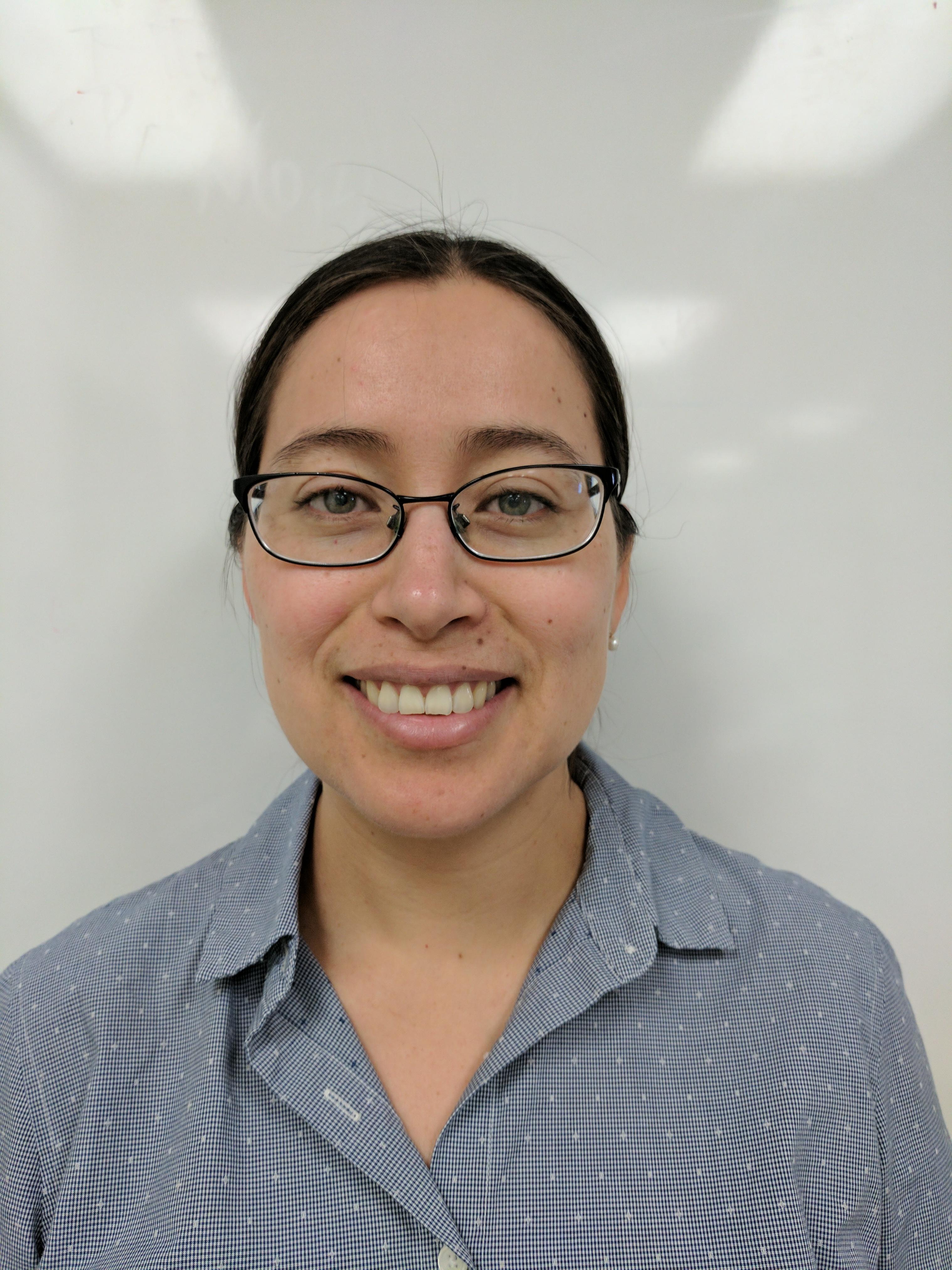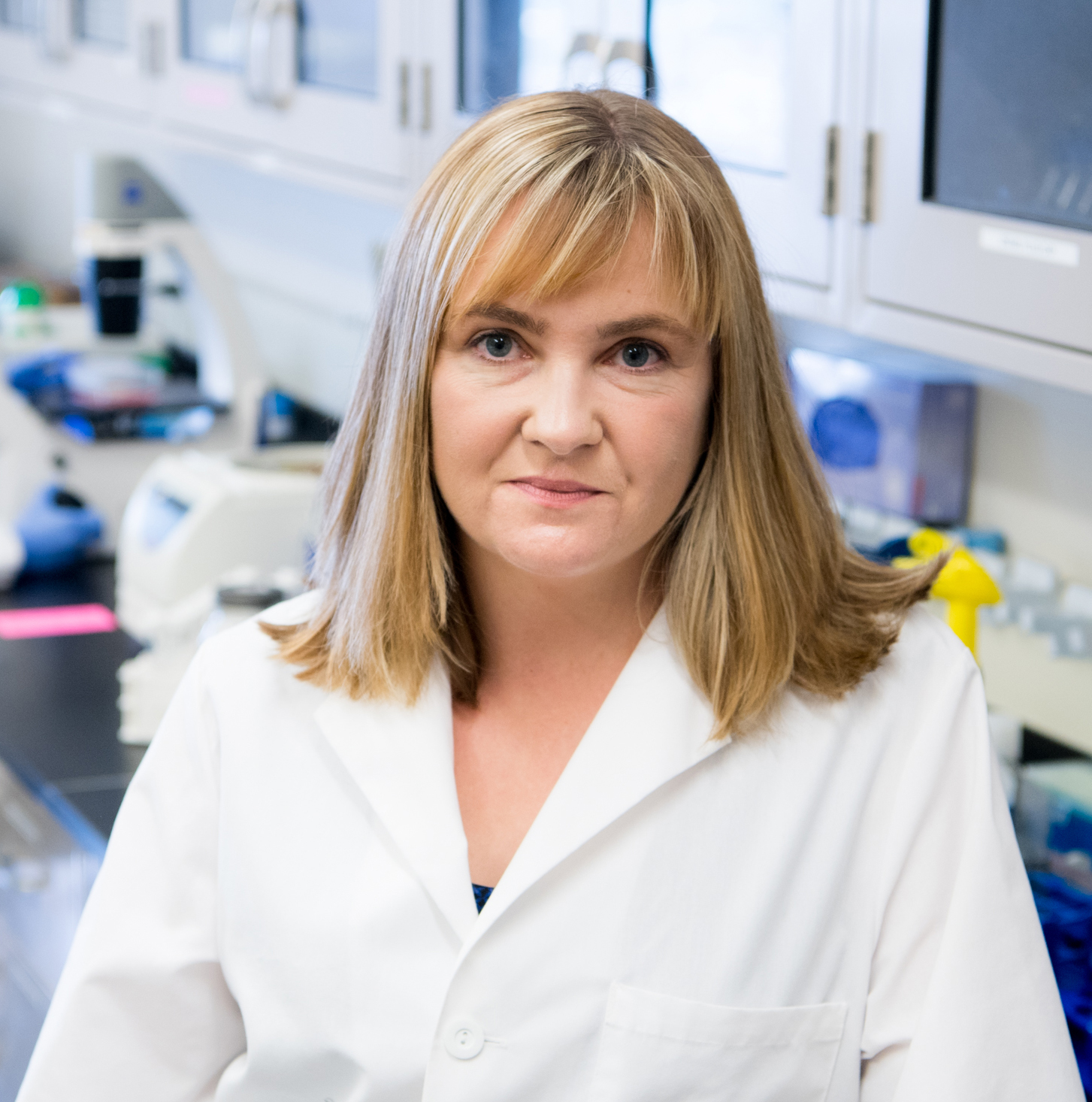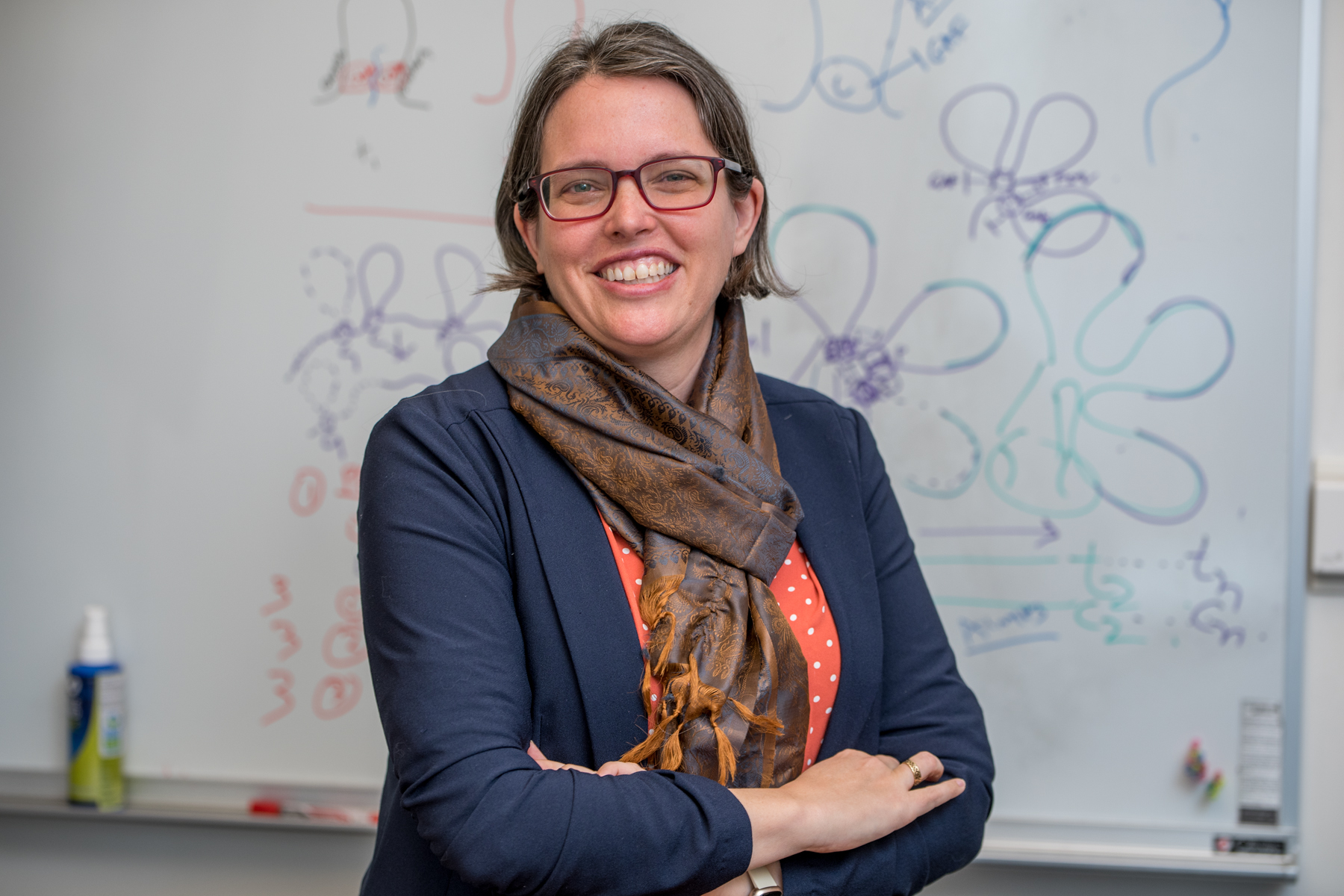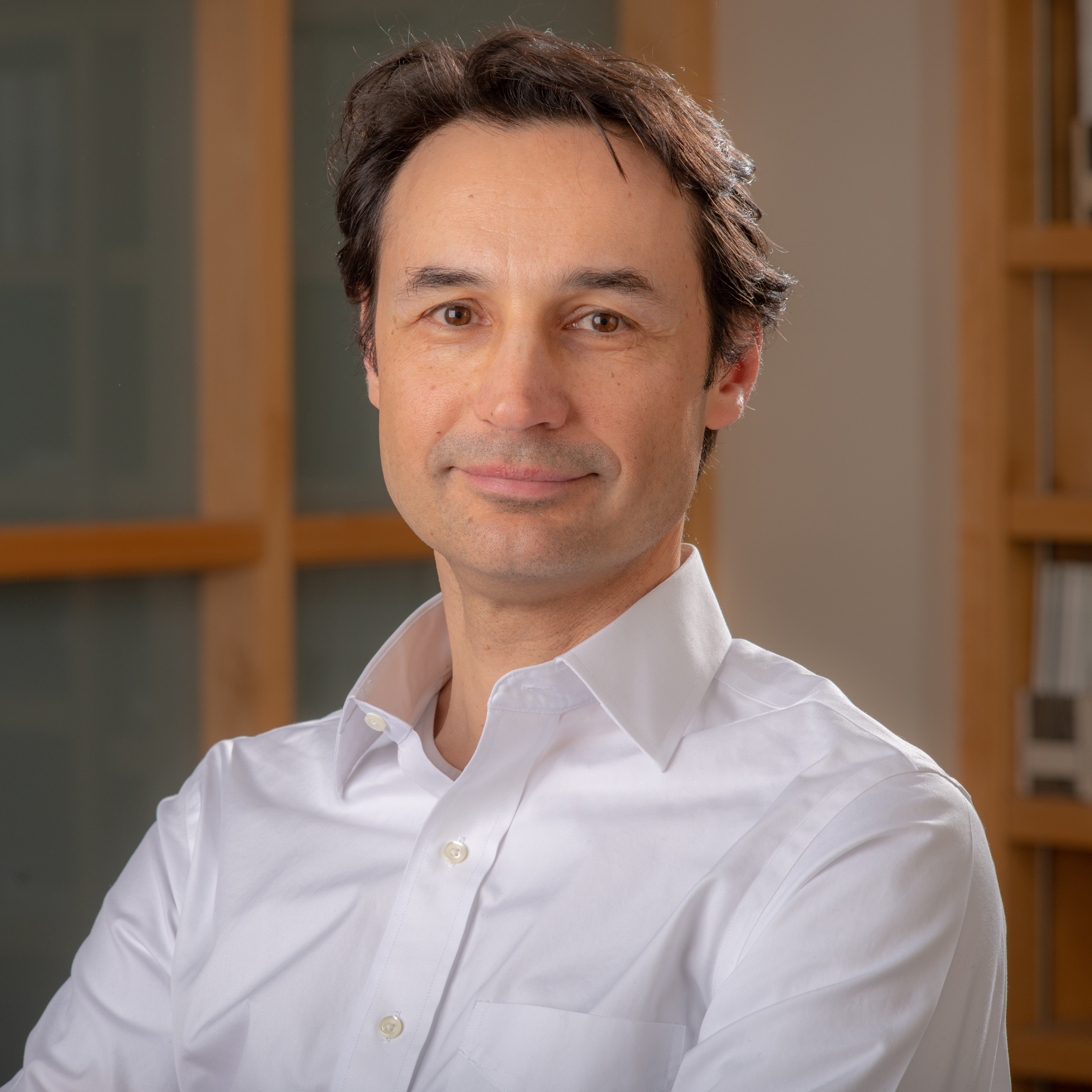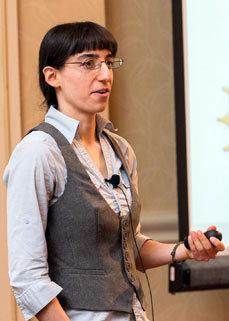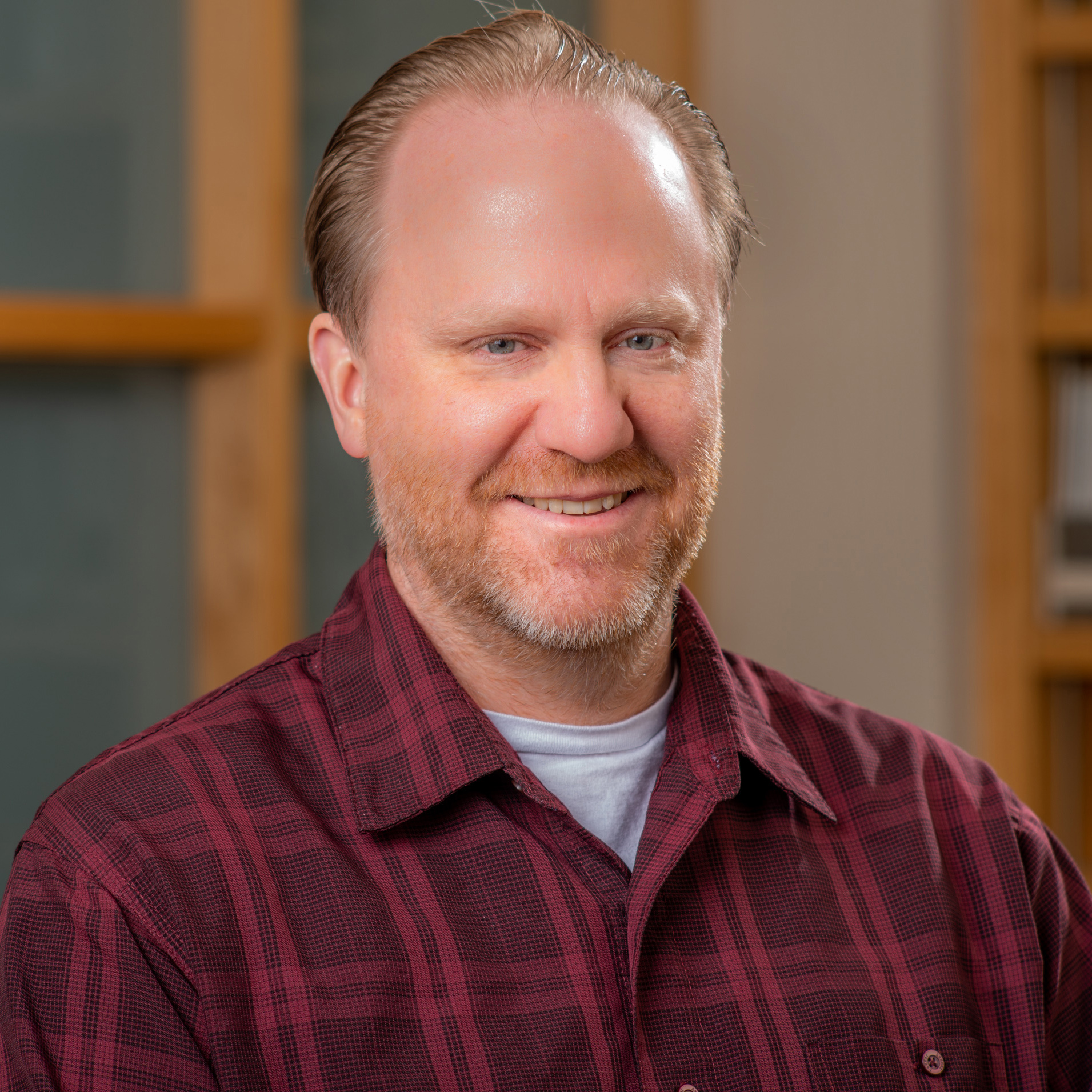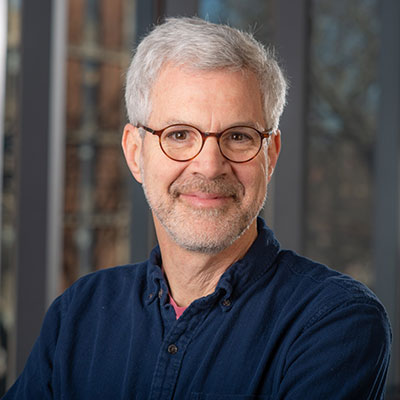Faculty
-
Professor of Biology, Department of Molecular Biology, Cell Biology and Biochemistry
Research Area(s): Computational Biology; NeurogeneticsResearch Interests:Developing high- throughput genomic techniques to identify functional cis-elements in the genome.
-
Associate Professor, Department of Ecology and Evolutionary Biology
Research Area(s): Computational BiologyResearch Interests: Scanning human genomes from different populations to detect mutations in genes that have helped humans adapt to different environments like different diets, temperatures, pathogens and altitudes.
-
Associate Professor, Department of Molecular Microbiology and Immunology
401-863-9775
Research Area(s): Cell Signaling; Computational Biology; Host-Pathogen InteractionsMy lab is interested in the interplay of multiple simultaneous innate immune responses at a systemic, cellular, and molecular level.
-
Associate Professor, Department of Molecular Biology, Cell Biology and Biochemistry, Director, Computational Biology Graduate Program
Research Area(s): Biology of Aging; Computational Biology; DevelopmentResearch Interests: Sex differences in aging, coordinated regulation of synaptic genes, computational biology
-
Associate Professor of Surgery
Research Area(s): Computational Biology; Host-Pathogen InteractionsRhode Island Hospital/Warren Alpert Medical School
-
Associate Professor of Biology, Department of Molecular Biology, Cell Biology and Biochemistry
Research Area(s): Biology of Aging; Computational BiologyResearch Interests: Application of high throughput techniques such as RNA-seq to study changes in the transcriptional network caused by genetic and environmental interventions that extend life span in model organisms.
-
Hermon C. Bumpus Professor of Biology, Professor of Computer Science, Department of Ecology and Evolutionary Biology, Department of Computer Science
Research Area(s): Computational BiologyResearch Interests: Problems in population genetics and evolutionary theory, using humans as a study system.
-
Associate Professor of Chemistry and Biology
Research Area(s): Computational Biology; Protein DynamicsResearch Areas: Biophysical and machine learning-based molecular modeling, biochemical computation. The Rubenstein group is focused on developing new quantum mechanical, statistical mechanical, and machine learning tools to predict biological phenomena, including the evolution of biomolecules.
-
Professor of Biology, Department of Molecular Biology, Cell Biology and Biochemistry
Research Area(s): Cell Signaling; Computational Biology; Host-Pathogen Interactions; Protein DynamicsResearch Interests: Elucidation of signaling networks relevant to human disease and exploring perturbations in phosphorylation patterns induced by pharmacological agents. Quantitative phosphoproteomic analysis by mass spectrometry is a technique that allows efficient profiling of tens of thousands of phosphorylation sites over time from cells and tissues.
-
Assistant Professor of Molecular Microbiology and Immunology
BioMed Building, Room 595 (office)/602 (lab)
Research Area(s): Computational Biology; Host-Pathogen InteractionsResearch interests: genomics, viral infections, epidemiology, host-pathogen interactions
-
Professor, Department of Ecology and Evolutionary Biology
Research Area(s): Cell Signaling; Computational BiologyResearch Interests: Professor Weinreich is a theoretical population geneticist who uses a combination of experimental, analytic and simulation techniques to further understanding of the general principles of biological adaptation.


